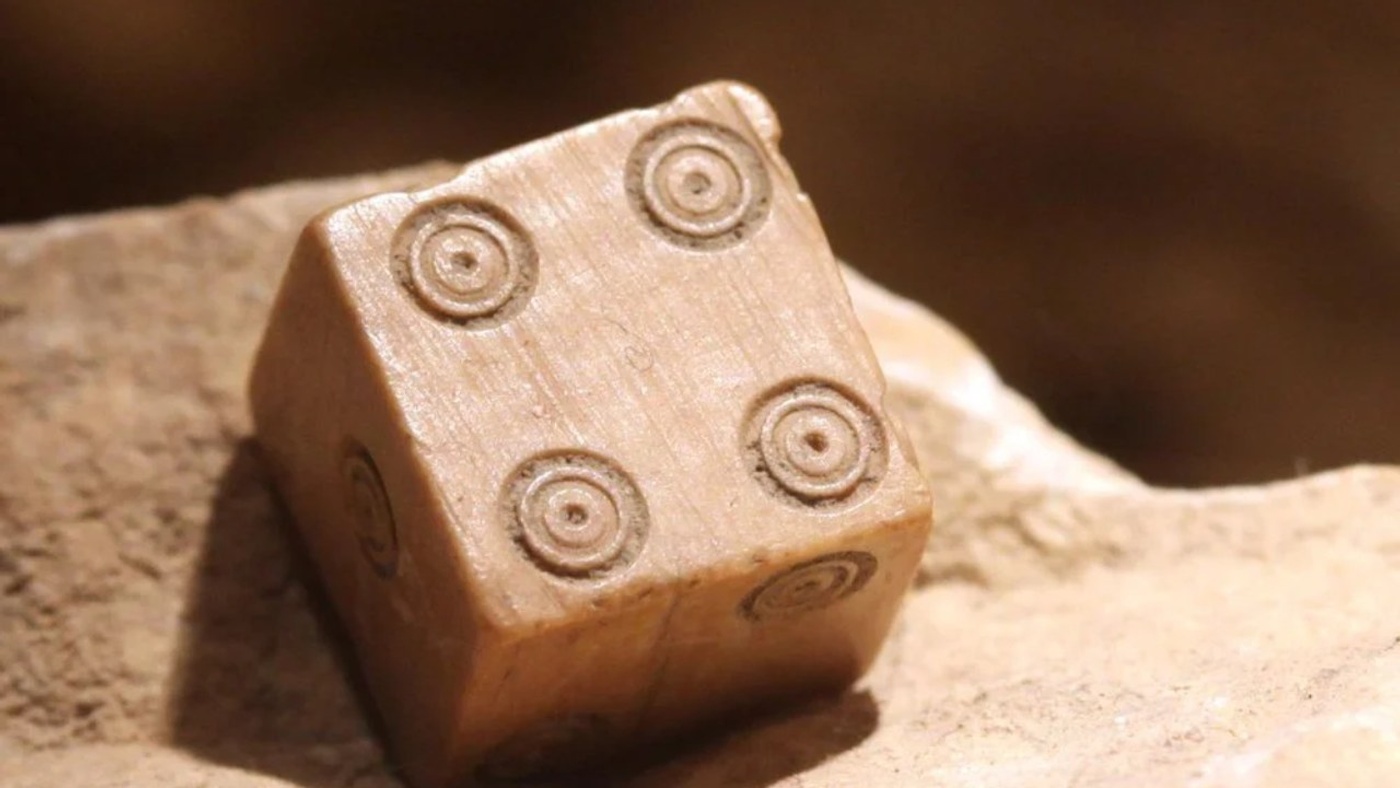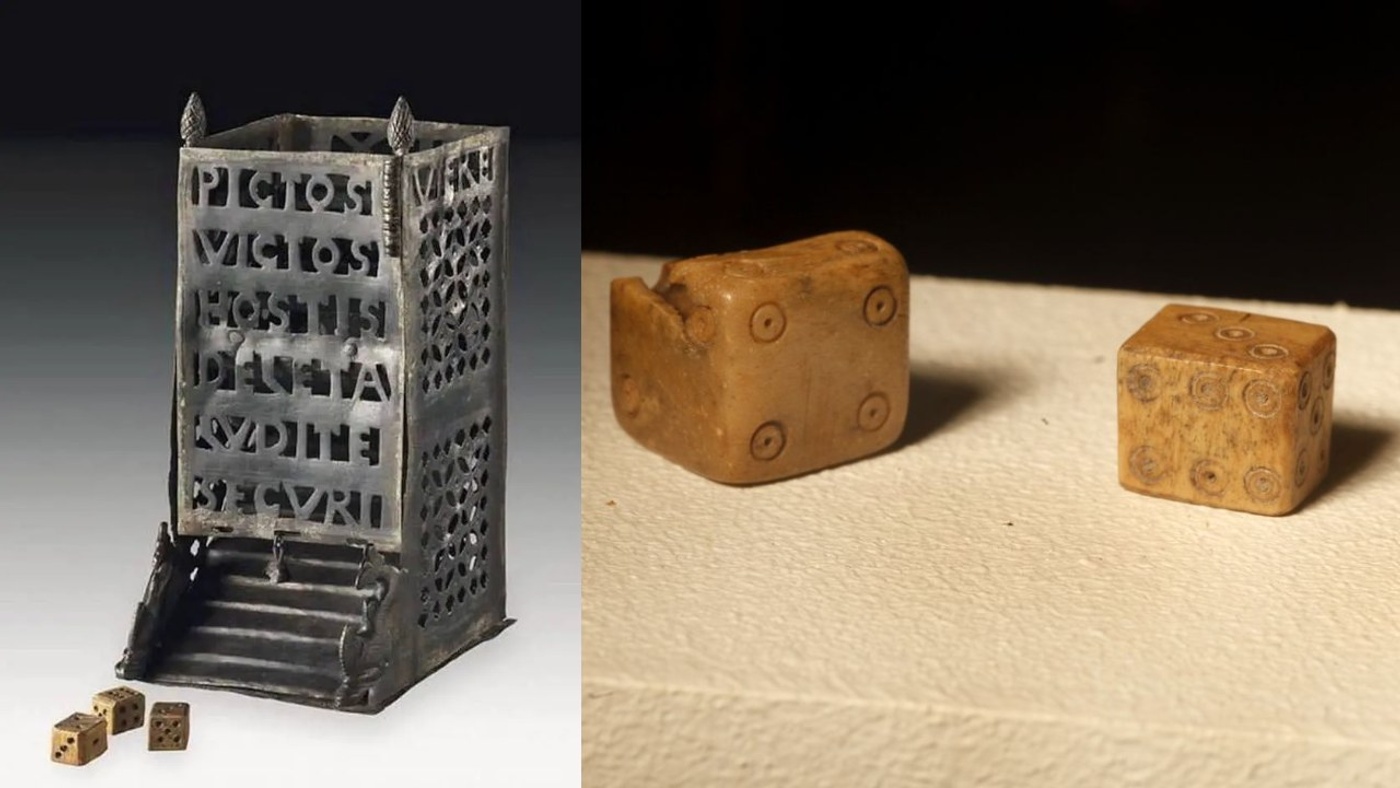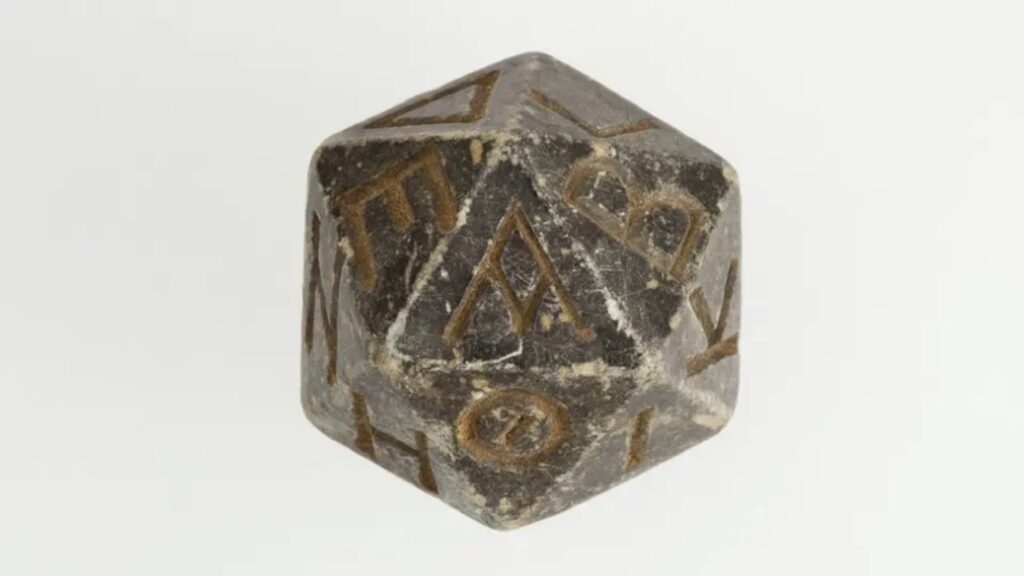Many of the dice from the ancient Roman period are known to be blatantly lopsided. During this period, a game called ‘taberna‘ was popular, which involved rolling dice. The dice were made of metal, clay and bone, and each side was marked with symbols, but they were not uniformly shaped like dice today. One side of the dice differed from the other by at least 5%, while more than 90% of the dice were visibly asymmetrical. This has been confirmed in analyses, one of which found that 24 of the 28 dice were clearly asymmetrical.
Design and Cultural Impact of Ancient Roman Dice

The surfaces of the dice were parallelogram-shaped and symbols representing the numbers ‘1’ to ‘6’ were generally placed on the smaller surfaces. For the Ancient Romans, the asymmetrical design of the dice was directly related to beliefs in fate and the role of the gods. They saw the outcomes of dice throws not as a matter of chance or probability, but as an indicator of fate. Therefore, the disproportion of the dice was not an issue for them.
Dice Towers

They used tools like ‘dice towers‘ to ensure that the dice would give a fair result. They thought that by rolling the dice from these towers, a fairer result would be achieved.
Source: Popular Mechanics


